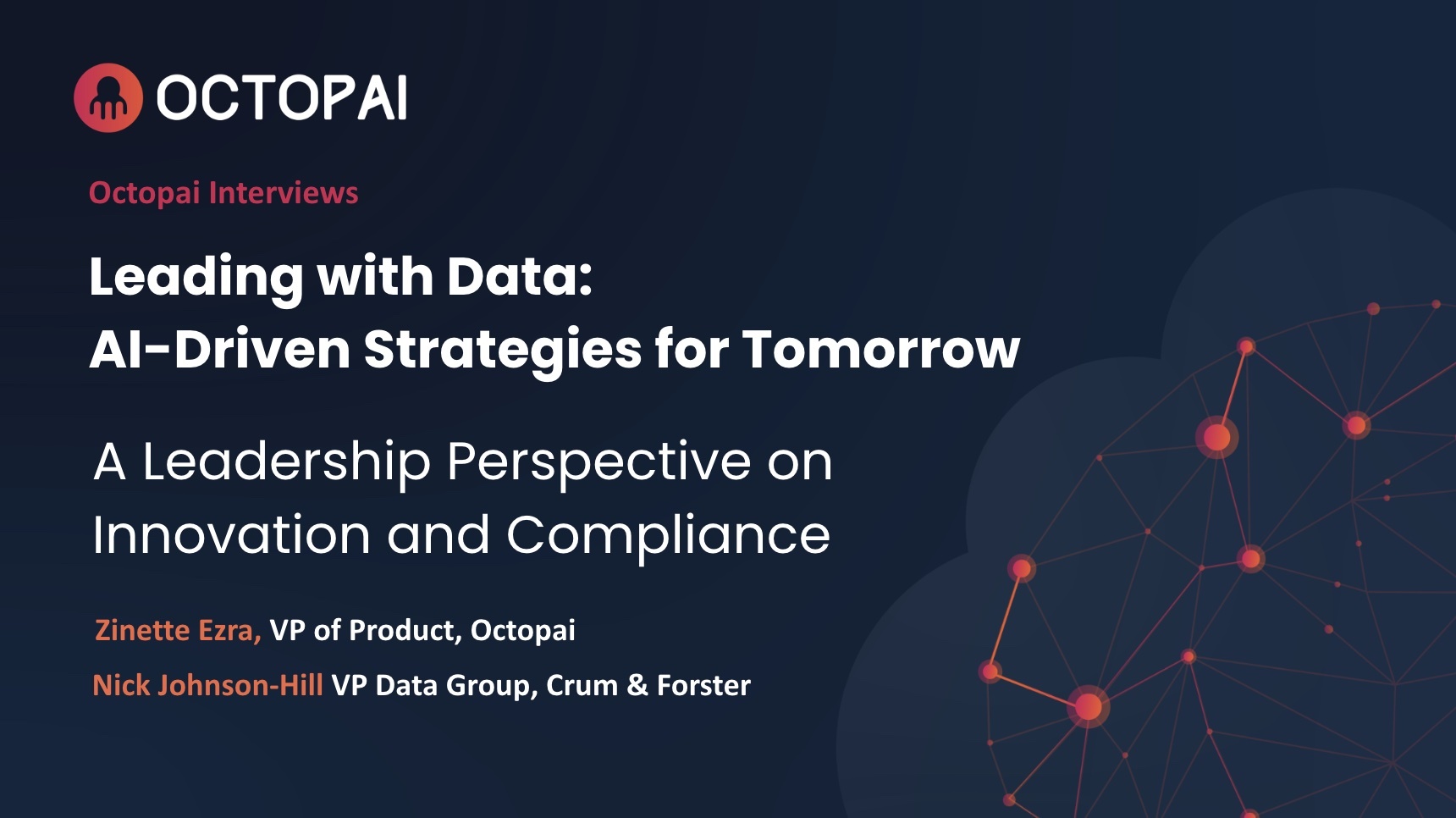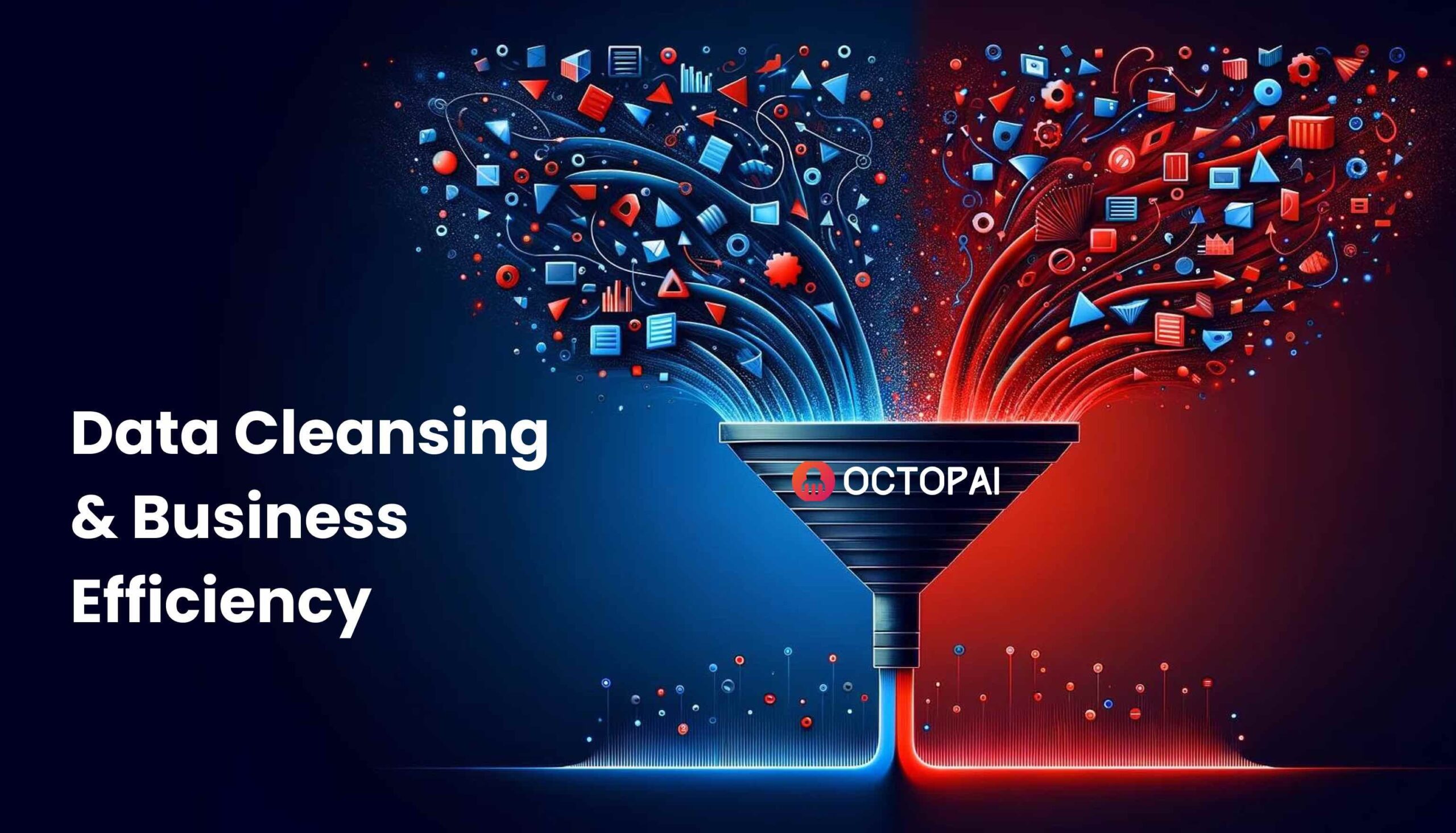We’ve recently discussed in this space the difference between data dictionaries and business glossaries, and why each is important to a data-driven business (which these days, is pretty much every business).
Today we’ll go a bit more in-depth about business glossaries and what companies need to consider when building and maintaining one. Managing a business glossary is not a “set it and forget it” proposition—it takes continuous effort to keep it current and in sync with the evolution and growth of the business and its data.
More on that later. First, let’s review what a business glossary is and its role in an enterprise.
What Is a Business Glossary? Why Do You Need One?
A business glossary is a collection of terms and their definitions as used in a particular business. This is a deceptively simple explanation, as you will learn when you set out on your business glossary project. You will find not only that different departments and units within the business use different terms to mean the same thing, but that the same term can mean different things in different contexts.
The goal of the business glossary is to eliminate this ambiguity so that all parts of the business are on the same page and speaking the same language.
This is important for several BI-related reasons. A good business glossary enables:
– Good report design and development. When the business glossary’s terms and definitions are enforced across your data landscape, you can be certain that column names, such as “adjusted operating margin,” mean the same thing from one data asset to another and that the values can be combined in a single report.
– Report integrity. Similarly, a term used in one report means the same thing in a different report used by a different department or business unit. Consumers of the reports can then, with confidence, do apples-to-apples comparisons.
Just a small FYI, because a business glossary is so tightly coupled with data, it is sometimes known as a data glossary or enterprise data glossary.
Did you know that you can have an AUTOMATED Business Glossary?
Yup. It'll save you months of manual, error-prone data entry.
I want to learn more
Business Glossary Best Practices
A business glossary cannot be cobbled together haphazardly. It requires focus, dedication, discipline, and a fair amount of detective work.
Happily, you don’t need to reinvent the process. Here are some best practices to use to build a business glossary:
– Look under every rock: Business glossary terms are found in many artifacts, in addition to data assets: contracts, terms-and-conditions documents, marketing materials, business plans, product design documents, standard operating procedures, and more. Hardest to pin down are the business terms that aren’t documented anywhere; they exist as “tribal knowledge” only. You may need to conduct interviews to capture this information.
– Identify and resolve ambiguities: As mentioned previously, different terms can represent the same idea, and the same term may have multiple meanings. Have a regular meeting of decision-makers and a standard process to review and resolve these ambiguities and document the results. Remember that the important question to ask is not “what does it mean?” but “what should it mean?”
– Don’t be afraid to create new terms: If the same term means two different things to different parts of the business, it’s often easier to resolve the conflict by simply renaming one of them.
– Get buy-in and signoff: The credibility of a business glossary requires that it be enforced across the enterprise. Senior leadership should throw their unified weight behind it to bring all departments and business units into alignment.
– Establish standard maintenance procedures: The business glossary is a living artifact. Terms may be added, modified, and retired as business conditions warrant, but these changes must be controlled by standard procedures, or you’ll end up back where you started.
Make Life (SO MUCH) Easier With Automated Metadata Management Tools
You will find that the vast majority of business glossary terms come from the enterprise’s metadata, so you had better make sure you’re managing your metadata properly. And by properly, we mean automatically.
Beyond automated metadata management, you’re going to want to get your business glossary up and running with automation as well. Automated business glossary tools eliminate virtually all of the manual work involved in building a business glossary as the glossary is generated automatically from the enterprise’s own metadata. This, of course, makes ambiguities amongst terms that the business needs to address super easy to identify and fix. An automated business glossary also helps when new data sources are added to the landscape as the metadata terms are updated automatically. Don’t waste time trying to manually comb through all your data assets to try to uncover business terms – save your sanity by applying automated tools.







